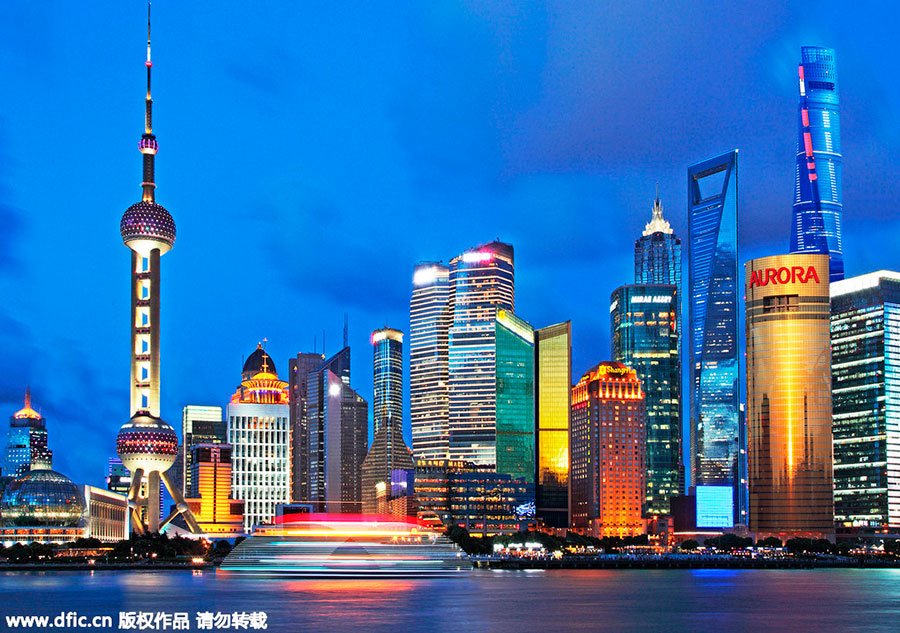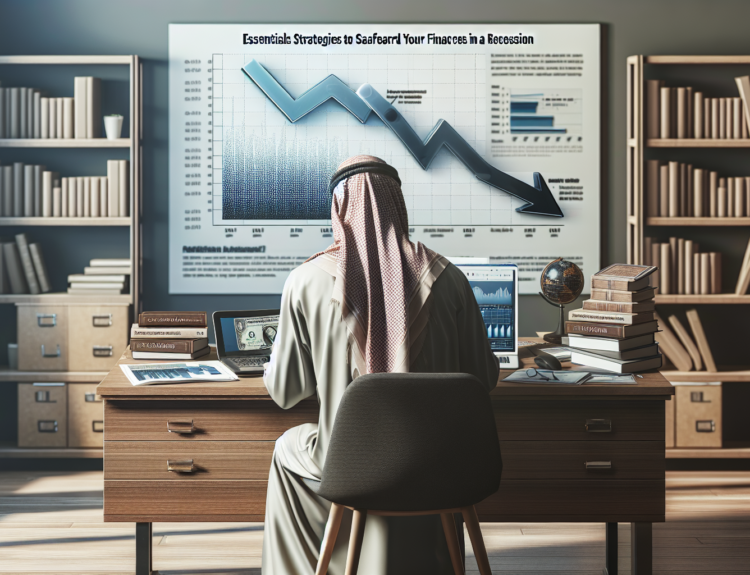Understanding China’s Economic Landscape: Key Insights and Trends
In recent years, China has emerged as a key player in the global economy, characterized by rapid industrialization, a growing middle class, and increasing influence in international trade. As the second-largest economy in the world, analyzing China’s economic performance is crucial for investors, businesses, and policymakers alike. In this blog post, we will conduct a thorough analysis of China’s economy, exploring key indicators, challenges, and future prospects.
Key Economic Indicators: A Snapshot of China’s Growth
1. GDP Growth Rate
China’s GDP growth has been noteworthy, averaging around 6% annually in recent years. According to the National Bureau of Statistics, China’s GDP reached approximately $17 trillion in 2022, marking a substantial increase from previous years. While the growth rate has slowed compared to the double-digit growth experienced in the early 2000s, it remains significantly higher than many developed countries.
2. Manufacturing and Export Sector
China is often referred to as the “world’s factory,” with a robust manufacturing sector that accounts for a significant portion of its GDP. In 2022, China’s industrial production rose by about 4.2%, driven by demand for electronics, machinery, and textiles. Furthermore, China’s exports reached a staggering $3.36 trillion, making it the largest exporter globally.
3. Consumer Market Dynamics
The rise of the middle class in China is reshaping its consumer landscape. A McKinsey report indicates that approximately 400 million people in China belong to the middle class, shifting their purchasing behavior towards more premium goods and services. This transformation offers opportunities for both domestic and foreign brands looking to capitalize on the growing consumer market.
Challenges Facing the Chinese Economy
1. Trade Tensions and Tariffs
One of the significant challenges facing China’s economy is the ongoing trade tensions with the United States and other countries. The imposition of tariffs has created uncertainty and impacted China’s export-driven industries. For example, the tariffs on Chinese goods increased from 10% to 25% during the trade war, affecting various sectors such as technology and agriculture.
2. Real Estate Market Instability
China’s real estate sector has been another area of concern. Cities like Beijing and Shanghai have experienced soaring property prices, leading to affordability issues for many citizens. The debt crisis among major property developers, such as Evergrande, has raised alarms about potential spillover effects on the broader economy. In 2022, the real estate sector constituted about 28% of China’s GDP, making it a critical component of economic stability.
3. Environmental Sustainability
As China continues to industrialize, environmental concerns have gained prominence. The country’s air and water pollution levels have reached alarming rates, prompting the government to implement stricter environmental regulations. For instance, China is investing heavily in renewable energy sources, aiming to achieve carbon neutrality by 2060. However, transitioning to a more sustainable economy may pose financial challenges in the short term.
Future Prospects: What Lies Ahead?
1. Technological Innovation
Innovation will be a key driver of China’s future economic growth. The government has launched initiatives like “Made in China 2025,” aimed at upgrading the country’s manufacturing capabilities and reducing reliance on foreign technology. Increased investment in research and development is expected to give rise to new industries and job opportunities.
2. Global Supply Chain Reconfiguration
The COVID-19 pandemic has disrupted global supply chains, prompting countries to reassess their reliance on China as a manufacturing hub. However, many analysts believe China will continue to play a crucial role in the global supply chain due to its established infrastructure and skilled workforce.
3. Demographic Shifts
China is facing a demographic challenge with an aging population and declining birth rates. The government has responded by relaxing family planning policies, encouraging families to have more children. However, it remains to be seen how effective these measures will be in addressing potential labor shortages in the future.
Conclusion: A Complex Economic Landscape
In conclusion, China’s economy is a complex mosaic of opportunities and challenges. While it continues to grow at a remarkable pace, external factors such as trade relations and internal issues like real estate instability pose risks. Investors and businesses looking to engage with the Chinese market must navigate this dynamic environment carefully.
Call to Action
If you found this analysis beneficial, subscribe to our blog for more in-depth insights into global economic trends and investment opportunities. Stay informed and make empowered decisions in this ever-evolving economic landscape!
Tags: #ChinaEconomy #EconomicAnalysis #GlobalTrade #InvestmentOpportunities #ManufacturingIndustry
Category: Economics, Market Insights, Investment Strategies



